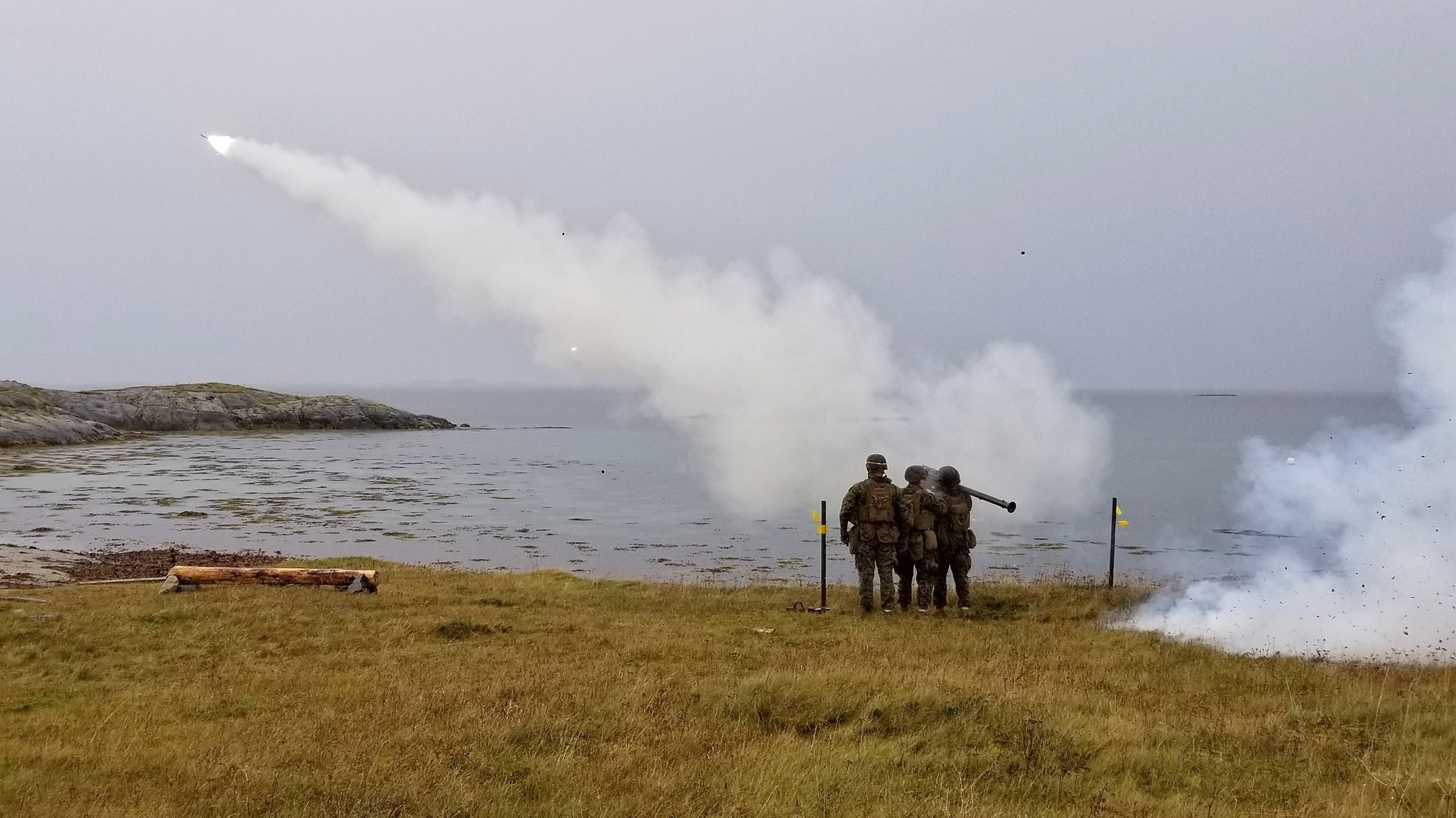WASHINGTON — The U.S. Army has launched an effort to replace Stinger missiles with a next-generation interceptor for Short-Range Air Defense capability as the aging weapon system heads toward obsolescence, according to a solicitation recently posted to the government contracting website Sam.gov.
The request for information to industry for a new surface-to-air missile for the Army’s SHORAD system comes as the Pentagon has been sending Javelin and Stinger missiles to Ukraine to help it fight the ongoing Russian invasion. But even as the Army considers that version of the Stinger obsolete, senior defense officials are discussing with industry how production might be ramped up.
A next-generation interceptor for SHORAD has long been in the works, as detailed in fiscal 2022 budget documents nearly a year ago. The service requested $1.5 million in FY22 to issue an RFI and conduct an industry day ahead of a competitive shoot-off, according to those budget documents.
The plan is to award a contract in the second quarter of FY23, the documents note, with design, development, prototyping and performance assessment ongoing through the fourth quarter of FY28.
Stinger can be fired from a shoulder-launched system, but the Army rapidly fielded a Stryker-based SHORAD system equipped with Stinger missiles to Europe last year in response to an urgent request in theater. The Army is preparing to field a complete Stryker-based SHORAD battalion by the end of 2022.
The service will also add a 50-kilowatt class laser weapon to the SHORAD system and is outfitting four prototypes with the capability as it prepares to hold a competition to build more.
“The Stinger-Reprogrammable Microprocessor (RMP) will become obsolete in [FY]23 and Stinger Block I is undergoing a service life extension to extend its end of useful life,” the RFI notes. “The current Stinger inventory is in decline.”
According to the RFI, the Army plans to begin design and development of the replacement missile in FY23, which will lead to production of 10,000 M-SHORAD “Inc. 3″ missiles beginning in FY27.
The RFI calls for soldier-portable solutions but also notes the system must be capable of integration with the Stinger Vehicle Universal Launcher (a component in the Increment 1 Stryker-based SHORAD system already fielded).
The Army expects the new missile to offer “improved target acquisition with increased lethality and ranges over current capability,” the RFI states.
Potential candidates should be ready to conduct a technology demonstration in FY24, the RFI notes, that consists of “digital simulation, hardware in-the-loop and/or live-fire demonstration.” These systems should be ready for an operational demonstration in FY26 that will include live-fire engagements, according to the solicitation.
The Army is nearing the end of its Service Life Extension Program effort at McAlester Army Ammunition Plant, according to a review of budget documents from FY19 and FY20. The process replaces “aging key components” in existing Stinger missiles.
The process also adds a Proximity Fuze (PROX) capability to improve its effectiveness against unmanned aircraft system threats “by eliminating the need for hit-to-kill,” which means when the missile gets close to a target, the warhead explodes and anything within its burst radius is taken out.
Older budget documents indicate the SLEP process for Stinger is slated to wrap up in FY23, but the White House hasn’t yet released detailed FY23 budget documents. The total number of Stingers that will undergo the SLEP process is 5,892 systems, according to FY20 documents.
The Army is getting close to being ready to inform Congress of its initial plans to replenish both Javelin and Stinger stockpiles or ramp up production if needed as it continues to provide the weapons to Ukraine, Doug Bush, Army acquisition chief, said recently.
At least one lawmaker has argued the Pentagon should be weighing whether it makes sense to ramp up an obsolete line for Ukraine while the Army needs to modernize.
“What I also want bring into the conversation is many of those weapons that we’re talking about are of a design of decades ago. Is it the best use to reengage those lines or to upgrade? How long will that take versus what we need? What might we potentially need for Ukraine or other countries,” House Air and Land Subcommittee chairman Donald Norcross, D-N.J., told Defense News.
Jen Judson is an award-winning journalist covering land warfare for Defense News. She has also worked for Politico and Inside Defense. She holds a Master of Science degree in journalism from Boston University and a Bachelor of Arts degree from Kenyon College.
Joe Gould was the senior Pentagon reporter for Defense News, covering the intersection of national security policy, politics and the defense industry. He had previously served as Congress reporter.





